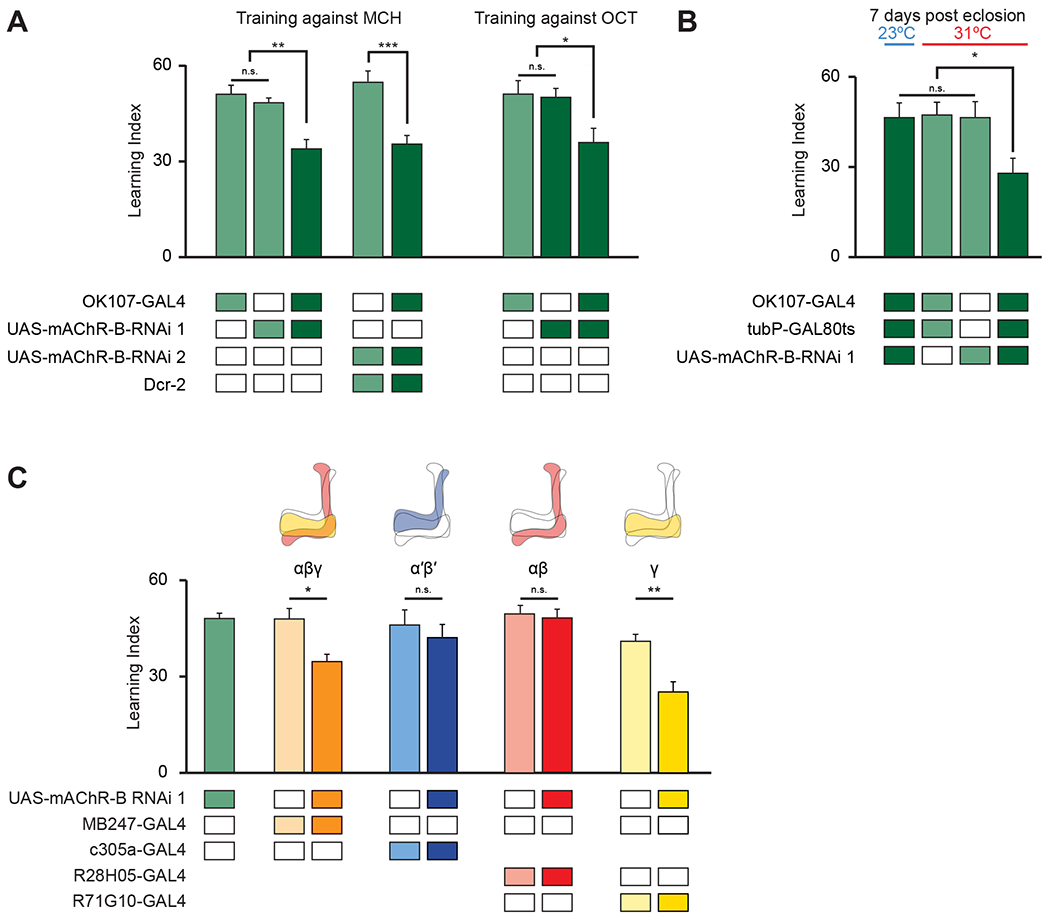Figure 2: mAChR-B is required in γ KCs for short term aversive olfactory learning.

A. Learning scores in flies with mAChR-B RNAi 1 or 2 driven by OK107-GAL4. mAChR-B KD reduced learning scores compared to controls (mean ± SEM), n (left to right): 49, 162, 77, 66, 61, 60, 63, 51; * p < 0.05, ** p<0.01, *** p<0.001; (Kruskal-Wallis with Dunn’s correction for multiple comparisons). For detailed statistical analysis see Table S1.
B. Learning scores in flies with mAChR-B RNAi 1 driven by OK107-GAL4 with GAL80ts repression. Flies raised at 23 °C and heated to 31 °C as adults (red horizontal bar) had impaired learning compared to controls. Control flies kept at 23 °C throughout (blue horizontal bar), thus blocking mAChR-B RNAi expression, showed no learning defects (mean ± SEM), n (left to right): 63, 60, 69, 61; * p < 0.05, ** p<0.01, *** p<0.001; (Kruskal-Wallis with Dunn’s correction for multiple comparisons). For detailed statistical analysis see Table S1.
C. mAChR-B RNAi 1 was targeted to different subpopulations of KCs using c305a-GAL4 (α’β’ KCs), MB247-GAL4 (αβγ KCs), R28H05-GAL4 (αβ KCs), and R71G10-GAL4 (γ KCs). Learning scores were reduced compared to controls when mAChR-B RNAi 1 was expressed in αβ and γ KCs or γ KCs alone, but not when mAChR-B RNAi 1 was expressed in αβ or α’β’ KCs (mean ± SEM), n (left to right): 162, 73, 70, 54, 61, 72, 60, 91, 69; * p < 0.05, ** p<0.01, (Kruskal-Wallis with Dunn’s correction for multiple comparisons). For detailed statistical analysis see Table S1. The data for the UAS-mAChR-B RNAi 1 control are duplicated from panel A.
